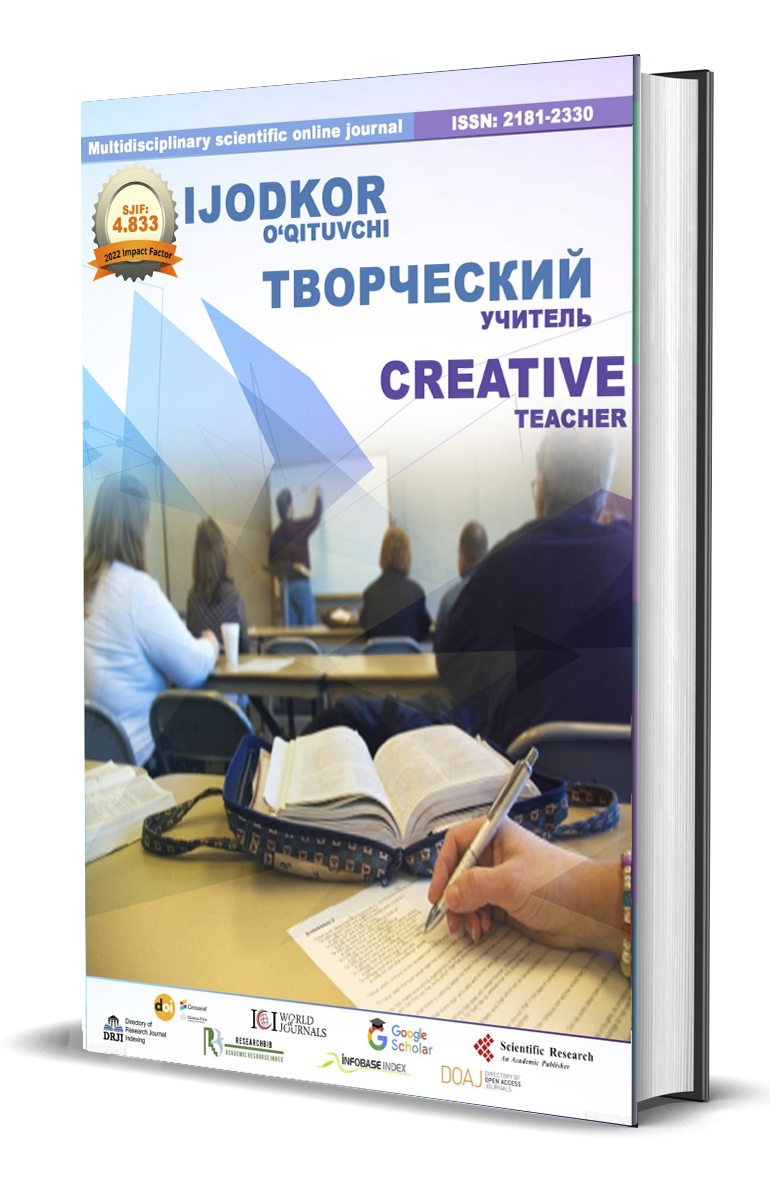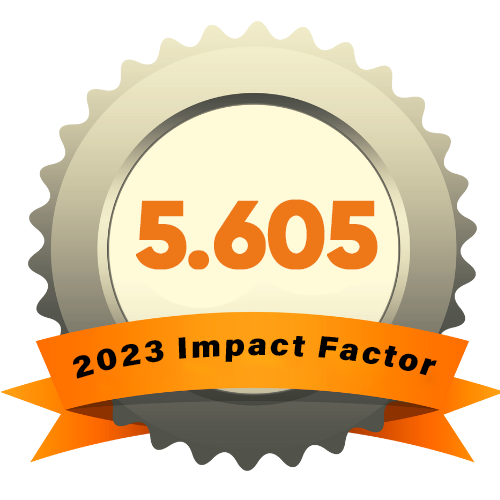THE VITAL ROLE OF TRANSLATION FOR THE DEAF AND HARD OF HEARING
Ключевые слова:
translation, deaf community, hard of hearing, sign language, access to information, communication barriers, cultural inclusion, social inclusion, educational opportunities, healthcare access, legal rights, community development, language rights, accessibility, inclusion, equity, empowerment.Аннотация
An expanding field of study in translation studies examines the translations that Deaf translators create between written texts and signed languages. For centuries, members of the Deaf community have been providing spontaneous translations within their group (Adam, Carty & Stone, 2011; Bartley & Stone, 2008). Deaf translators have started to work as paid professionals more lately, giving rise to a new and as of yet mostly untapped topic within Translation Studies. This pilot research looks at two Deaf people's mental processes as they translate an academic article from written English into American Sign Language (ASL) using qualitative data. Four themes emerge from the participants' early analysis: 1) the significance of planning; 2) the requirement for contextualization, 3) switching between free and literal translation; and 4) keeping the audience in mind. According to this research, Deaf translators create and execute their translations based on their past translation experience and linguistic expertise. This conclusion is consistent with studies on the workings of hearing translators in some areas. Furthermore, though, it appears that Deaf bilinguals rely on a store of extralinguistic knowledge (ELK) that has been cultivated by their experiences as people who live at the crossroads of two languages, one of which uses a modality that is rarely employed by majority populations. The purpose of this exploratory study was to look at the mental processes that Deaf translators use in their work and to see if Deaf translators may offer fresh insights into Translation Studies.
Библиографические ссылки
Adam, R., Carty, B. & Stone, C. (2011). Ghostwriting: Deaf translators with the Deaf community. Babel, 57(4), 375-393.
Agrifoglio, M. (2004). Sign translation and interpreting: A comparative analysis of constraints and failures. Interpreting, 6(1), 43-67.
Almanna, A. (2013). Extra-linguistic constraints & parameters in the translation process: A descriptive study. World Journal of English Language, 3(3), 27-36.
Bailey, A.L. (2007). The language demands school: Putting academic English to the test. New Haven, CT: Yale University Press.
Baker, M. (2006). Contextualization in translator-and interpreter-mediated events. Journal of Pragmatics, 38(3), 321-337.














